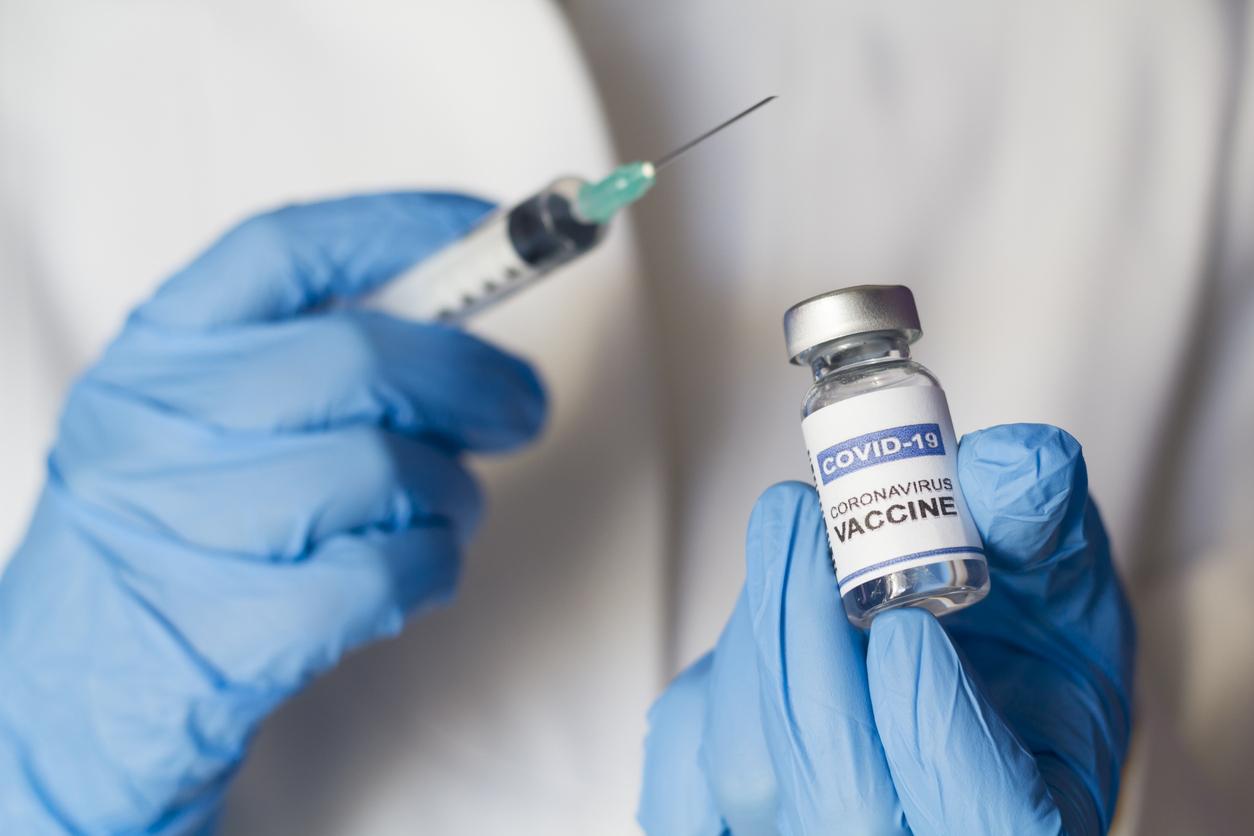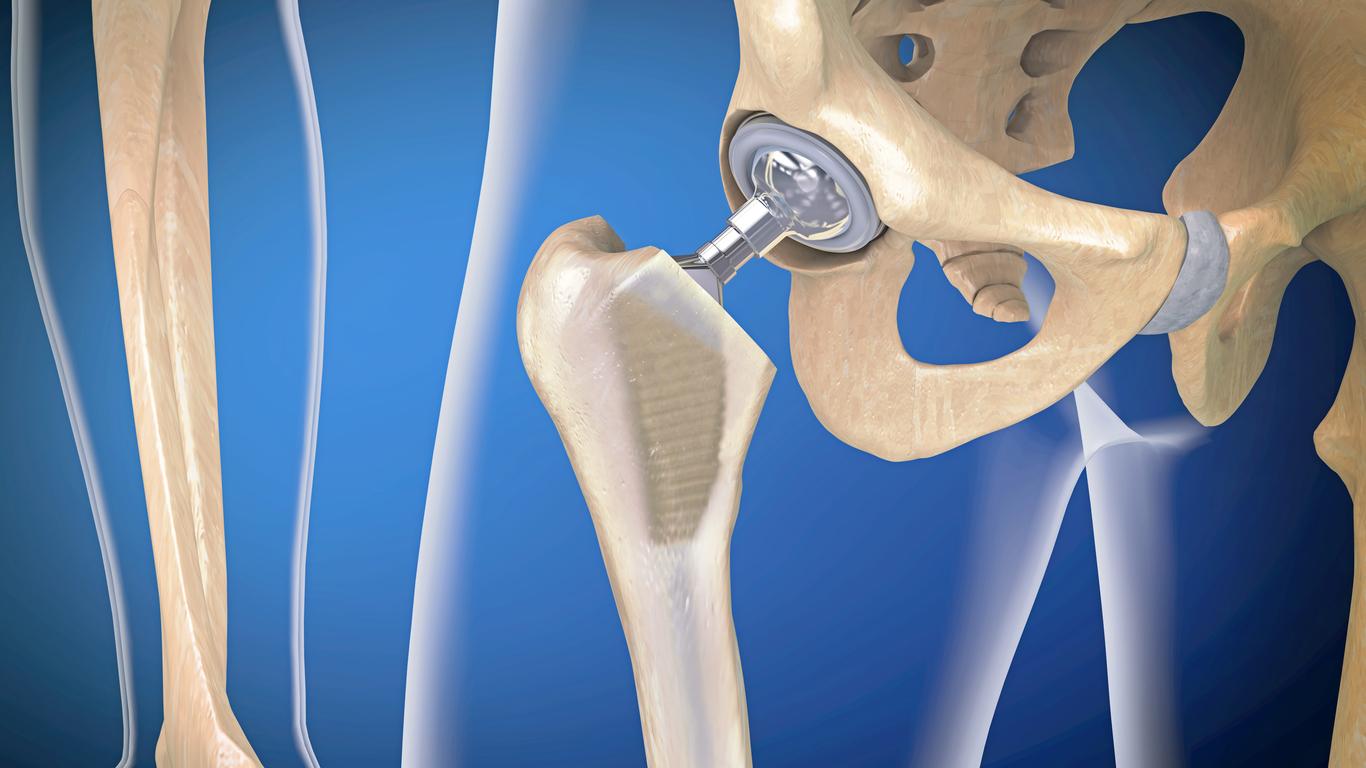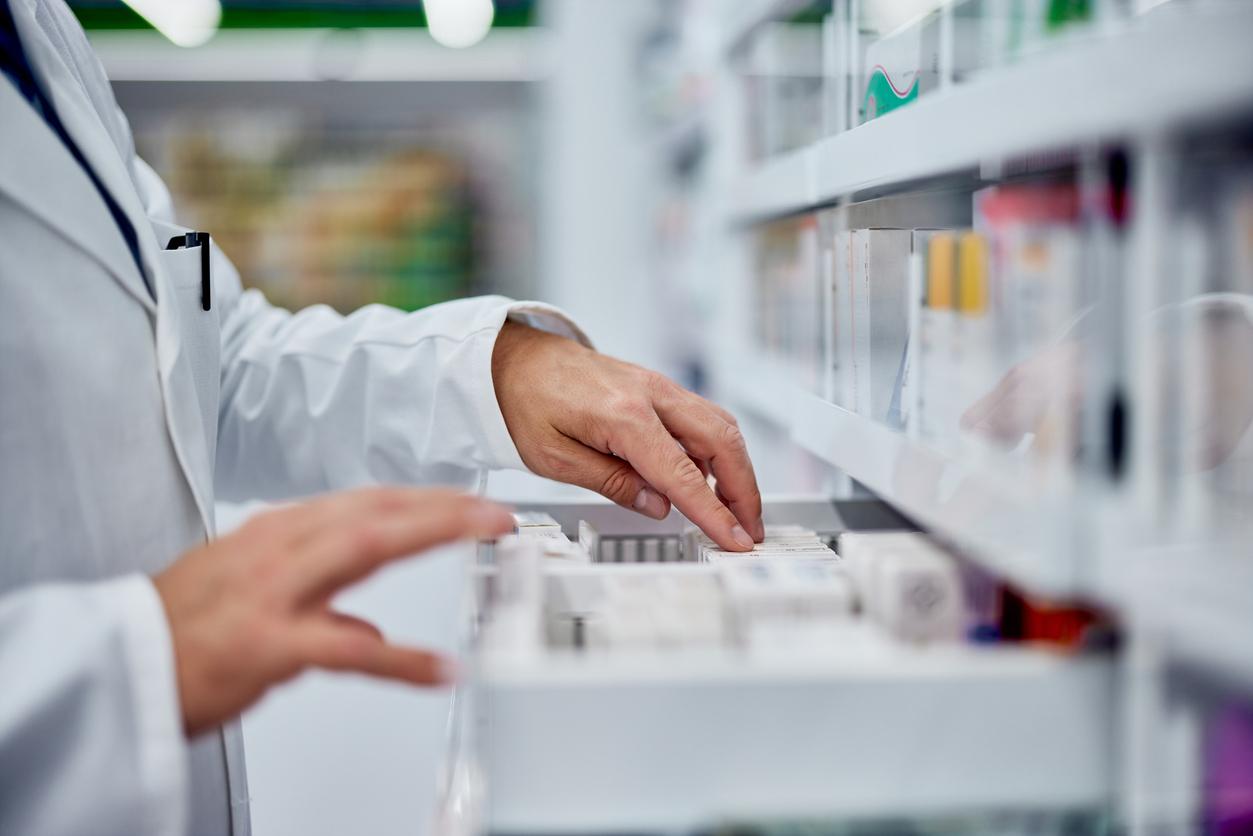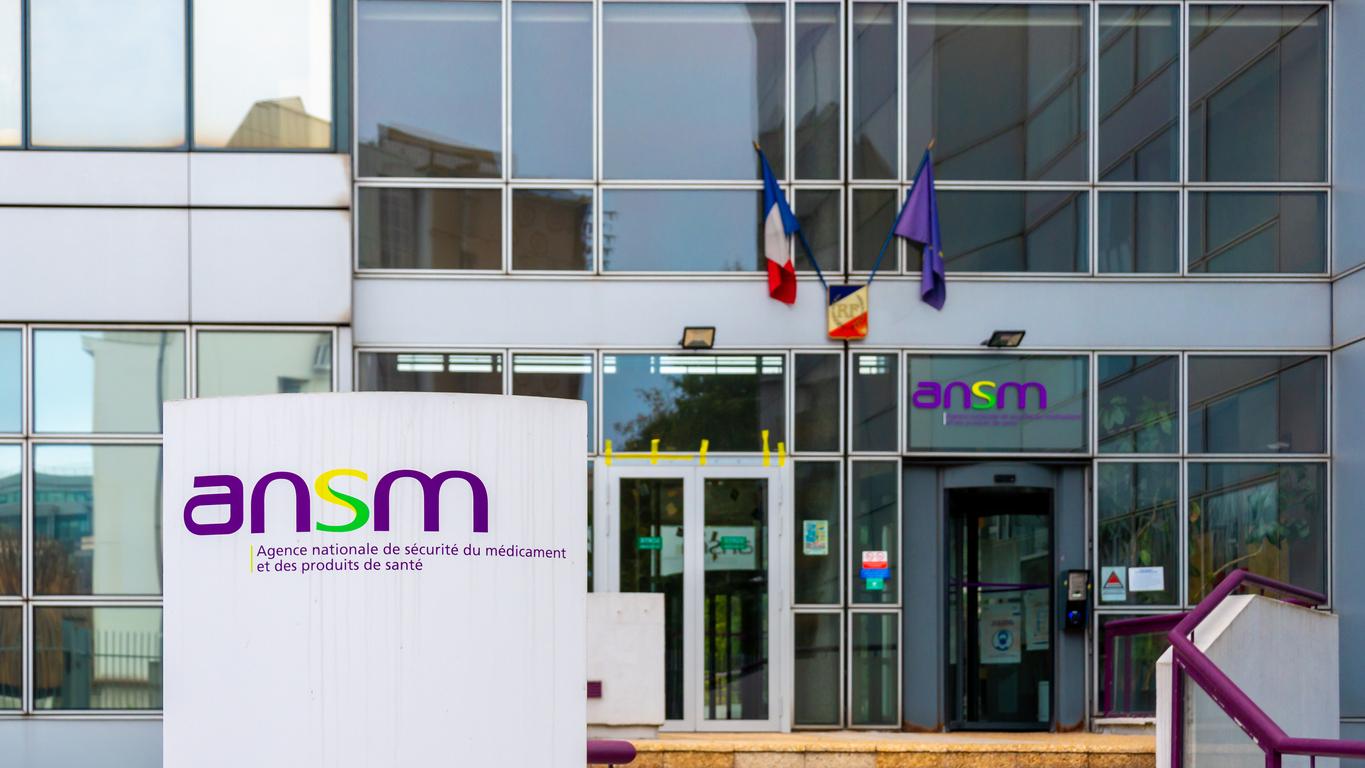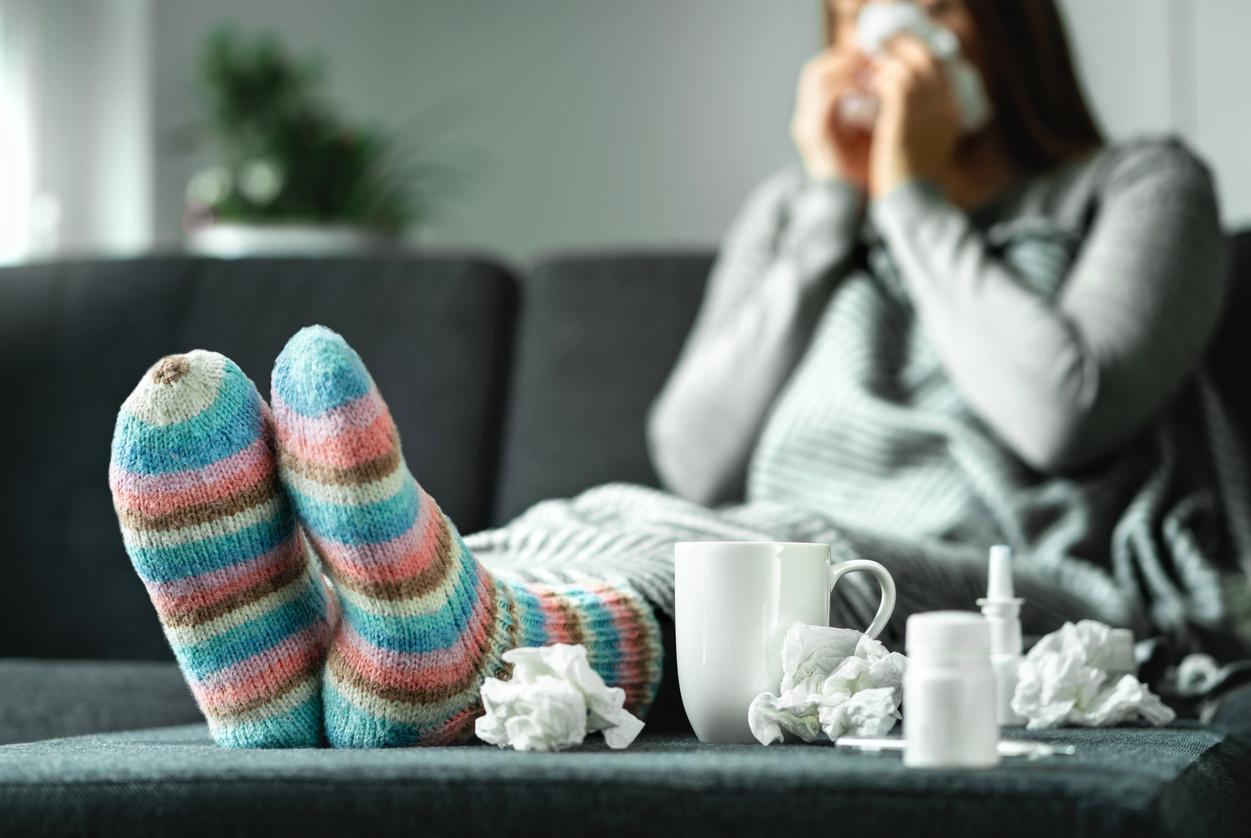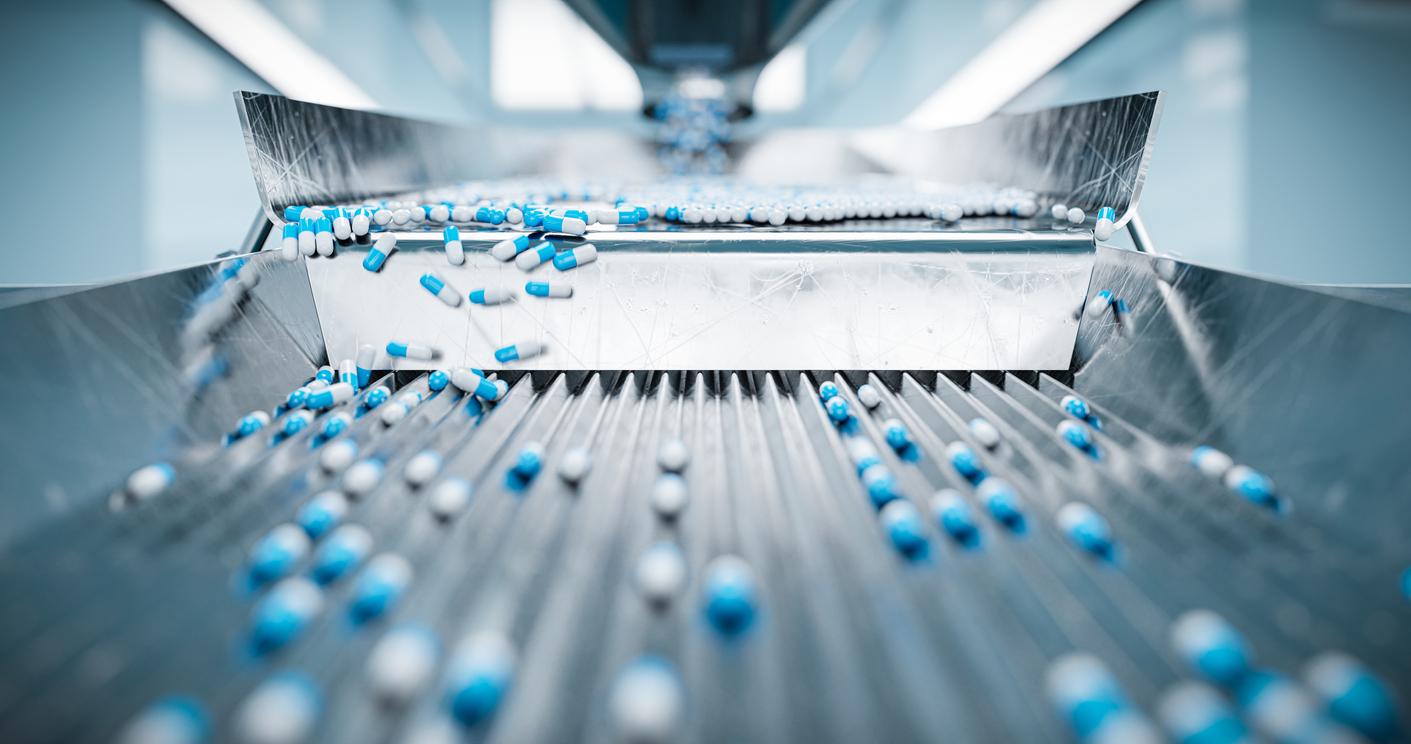The ANSM proposes measures to reduce the risk of diversion of psychoactive drugs for the purposes of chemical submission by attackers.
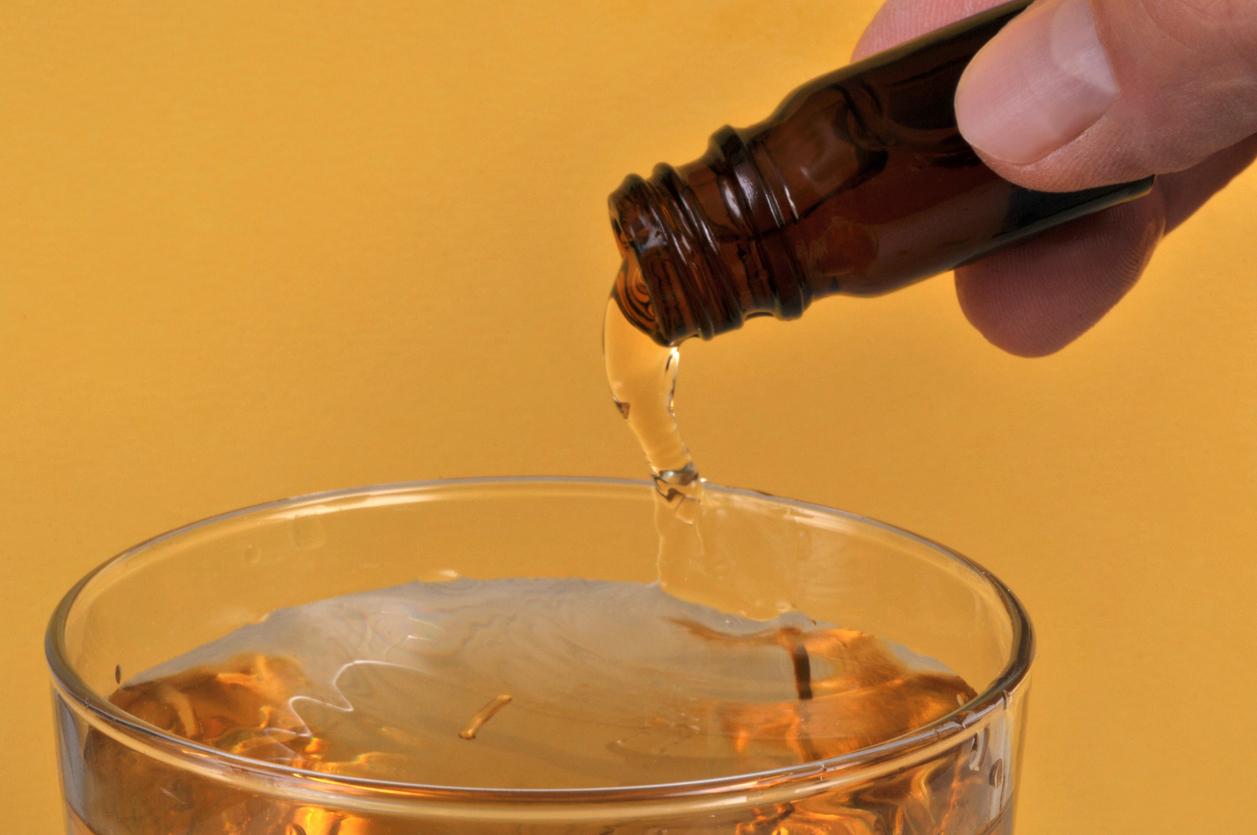
- A sharp increase in chemical submission reports was recorded in 2022.
- In 56.7% of cases, psychoactive medications were involved.
- To combat chemical submission, the ANSM asks the laboratories that market these drugs to take measures to make the diversion of the use of the substance more difficult (change the appearance, taste or smell of the drug. ..).
In 2022, 1,229 suspicious chemical submission reports were recorded compared to 727 in 2021. This represents a 69% increase. A national survey, carried out by the Center for Evaluation and Information on Drug Dependence-Addictovigilance (CEIP-A) in Paris, reveals that psychotropic medications are involved in the majority of cases.
Faced with these conclusions, the National Medicines Safety Agency (ANSM) is announcing measures to reduce the risks of diversion of these medicines.
Chemical Submission Prevention: Changing the Taste, Smell, or Color of Medications
In his press release of December 20the ANSM specifies that psychoactive medications are involved in 56.7% of suspicious chemical submission reports. These can be antihistamines, sedatives, benzodiazepines, antidepressants, opioids or even ketamine. These products can be added to a drink, to food, or even injected with a syringe.
Wishing to reduce the risk for “potential victims”the agency will “from the beginning of January 2025” ask laboratories marketing drugs at risk of chemical submission to take measures to limit their diversion.
“This may consist of making the diversion of the use of the substance more difficult or alerting potential victims by modifying the formula of the medication. These changes may relate to the visual appearance (unusual coloring or texture), or the addition of an identifiable taste or odor”explains the organization.
The ANSM is also working on “long term solutions” so that the new treatments that will be put on the market immediately integrate “these characteristics make their diversion more detectable”. She indicates that she also approached these European counterparts to learn about the initiatives taken in their country to combat chemical submission.
Chemical submission: advice to limit risks
As a reminder, chemical submission refers to the administration of a psychoactive substance to a person, without their knowledge or under duress, with the aim of committing an offense or a crime, such as theft, sexual assault, rape… If in the majority of cases, medications are used, we must also be wary of non-drug substances such as MDMA, cocaine, 3-MMC, GHB and its derivatives or even alcohol.
During this period of festivities, the authorities also remind us of the right actions to take to minimize the risks of attacks facilitated by psychoactive substances:
- stay in a group if possible: make sure you are accompanied by friends who are “watching” and can notice inconsistent behavior;
- have a member of the group who does not drink and can bring everyone back;
- do not take your eyes off your drink, do not accept a drink from a stranger;
- to use drug-resistant lids or glass protectors ;
- try to control your alcohol consumption: the effect of medications increases when you consume alcohol.
“In case of doubt or aggression, it is important to talk about what happened to people you trust and to health professionals who will be able to listen and support each victim of chemical submission or chemical vulnerability.”
If you think you are in the presence of a victim of chemical submission:
- stay by her side and accompany her to a safe place;
- write down all the details you remember: time, place, people present and circumstances;
- if the person requires medical attention or in an emergency, call for help (Samu 15, police 17);
- you can keep the victim’s last drink consumed or empty glasses to facilitate toxicological analyses.










